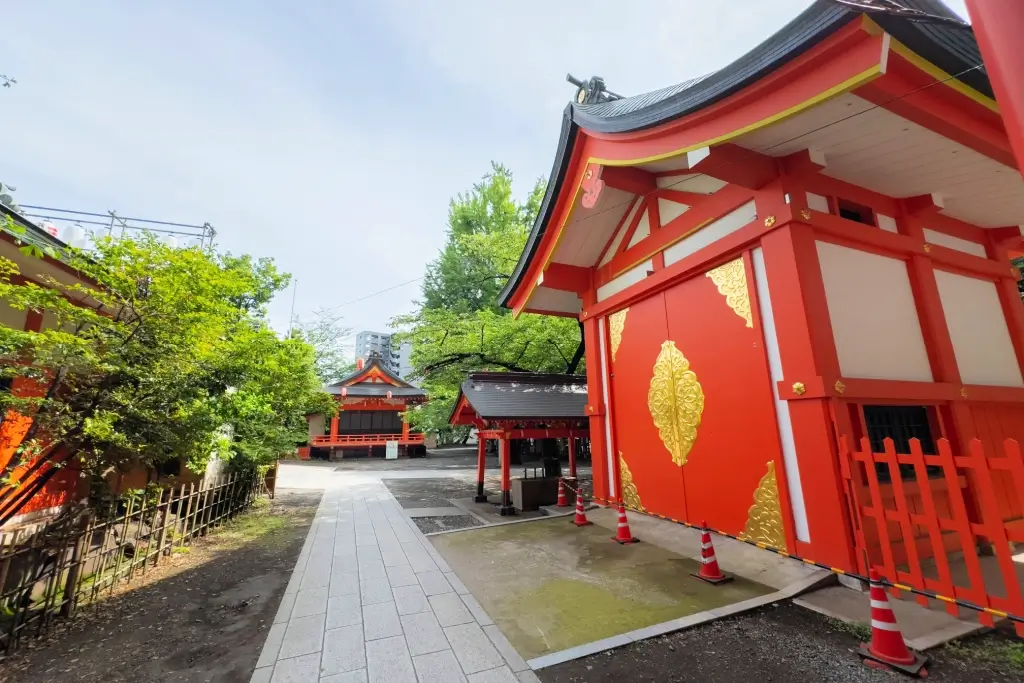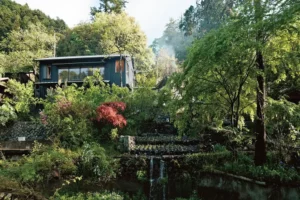Shinjuku City (or Shinjuku Ward) is one of the busiest business districts in the world, with its station used by an average of 3.59 million people daily. It is known for iconic facades from the Showa era (1926-1989), such as the Yasuyo Building, Shinjuku Alta, and shopping alleys. However, this popular hub of Tokyo is in the process of getting a major facelift to modernize the area. Let’s take a look at what changes are coming to Shinjuku!
Table of Contents
ToggleA Brief Look at Shinjuku City
Shinjuku’s facade is a vibrant mix of past and present, reflecting its journey from a sleepy post town to one of Tokyo’s busiest and most iconic districts. Back in the Edo period, it began as Naito-Shinjuku, a stop along the Koshu-kaido Highway, lined with simple wooden inns and teahouses for travelers. Fast forward to post-WWII, and the area exploded with change. The western side, especially places like Omoide Yokocho, sprang up as black market alleyways.
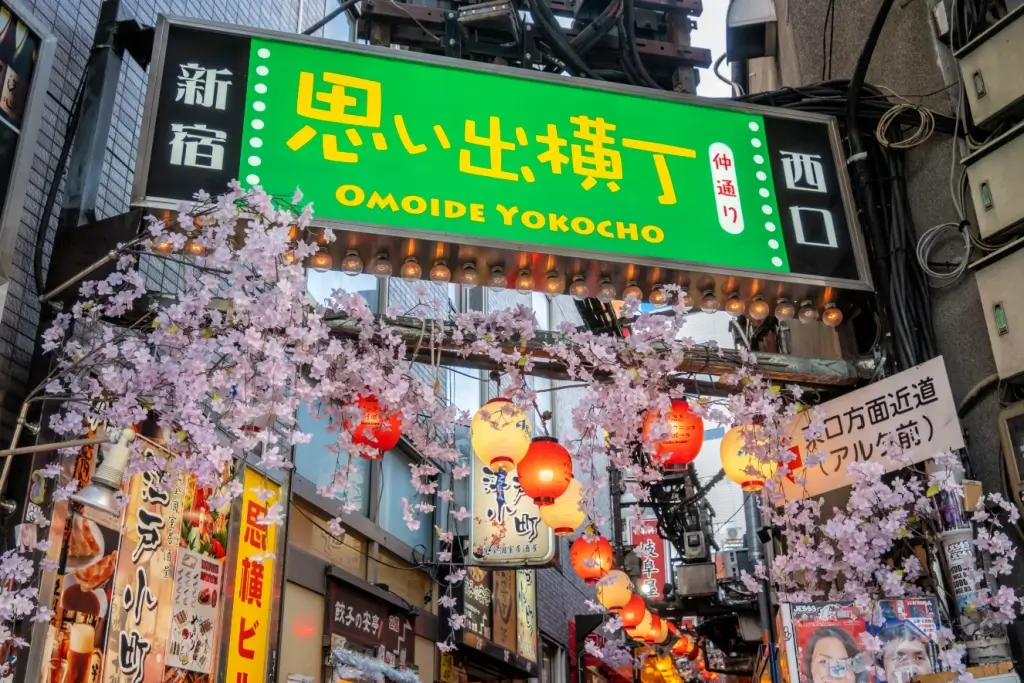
These tight, lantern-lit lanes filled with tiny eateries still keep the nostalgic charm of Showa-era Japan alive. Meanwhile, the east side of Shinjuku City leaned into its commercial identity. Department stores like Isetan became landmarks, combining traditional Japanese touches with sleek, modern designs. But the west side made a statement: think bold skyscrapers like the Tokyo Metropolitan Government Building and the futuristic Cocoon Tower.
This was Shinjuku’s “look up” era, when glass, steel, and ambitious design reshaped the skyline. Today, redevelopment is in full swing around the station, with new high-rises rising alongside the district’s signature energy and chaos. Yet despite the changes, Shinjuku still holds onto its layers, retro alleyways, concrete blocks, and glittering towers. Each piece tells part of the story of a Tokyo neighborhood that never stops reinventing itself.
What are the recent developments in Shinjuku City?
Shinjuku’s always been a place of motion, trains, people, and flashing lights, but now, the whole area is undergoing one of its biggest makeovers. The massive Shinjuku Station Grand Terminal project is at the heart of it all. This project is a long-term, multi-billion-dollar plan to modernize the station and its surrounding areas while creating a more accessible, connected, and people-friendly city center.
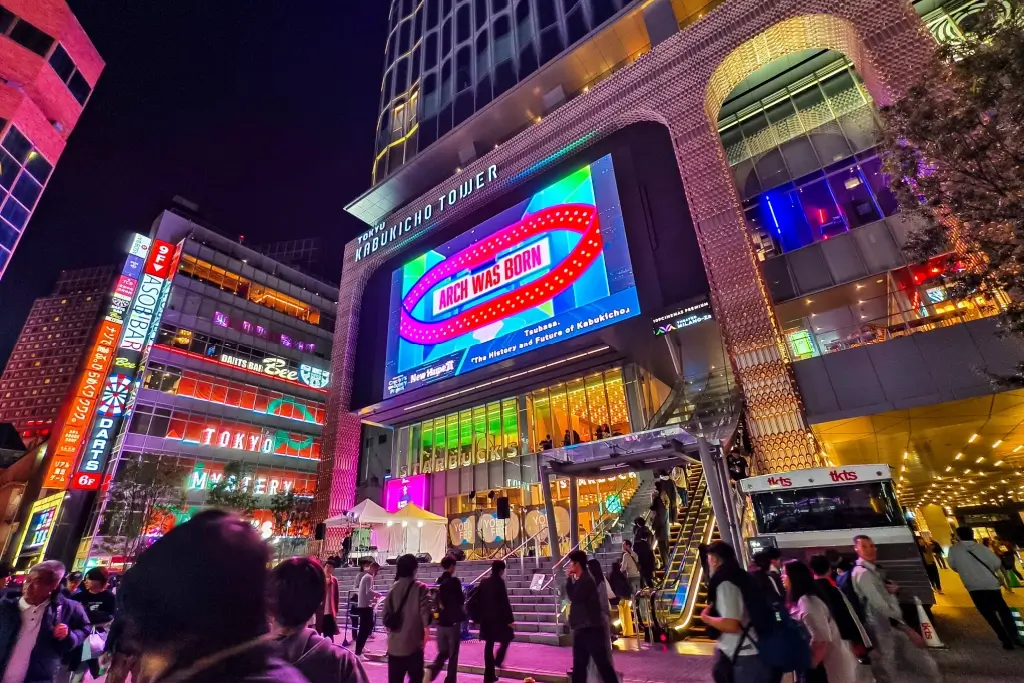
You’re not alone if you’ve ever felt like Shinjuku Station was an endless maze. The plan is to simplify the chaos: better signage, barrier-free access, and smoother connections between the east and west sides. Big changes are already happening, with the station’s east and west sides having major developments in the last few years.
The iconic Odakyu Department Store has towered over the west side for over 50 years and has been completely torn down. Last month, its neighbor, the Mylord shopping complex, closed its doors for good. Over on the east side, another major icon has recently disappeared. Shinjuku Alta, with its giant video screen and decades as a favorite meet-up spot, shut its doors in February 2025.
How does this affect the locals in Shinjuku City?
For locals and longtime Tokyo fans, it’s the end of an era. Alta and Odakyu weren’t just stores, they were landmarks that helped define the look and feel of Shinjuku. Still, this redevelopment isn’t just about tearing things down; it’s about reimagining what Shinjuku can be. Expect rooftop gardens, wider walkways, new shopping zones, and open plazas made for people, not just commuters. It’s a bold new chapter, but if any place can keep its spirit through change, it’s Shinjuku.
Are you looking for great snacks while checking out places like Shinjuku? Check out Sakuraco! Sakuraco delivers traditional Japanese snacks, sweets, tableware, and more from local Japanese makers right to your door, perfect for a pleasant snack time at home!
What’s coming to Shinjuku in the future
The redevelopment of Shinjuku is far from over, and big changes are on the way. On the east side of Shinjuku Station, the famous Isetan department store is planning a makeover for its parking lot and nearby areas. The area will become even more exciting and dynamic with new rules allowing taller buildings and more mixed-use spaces.
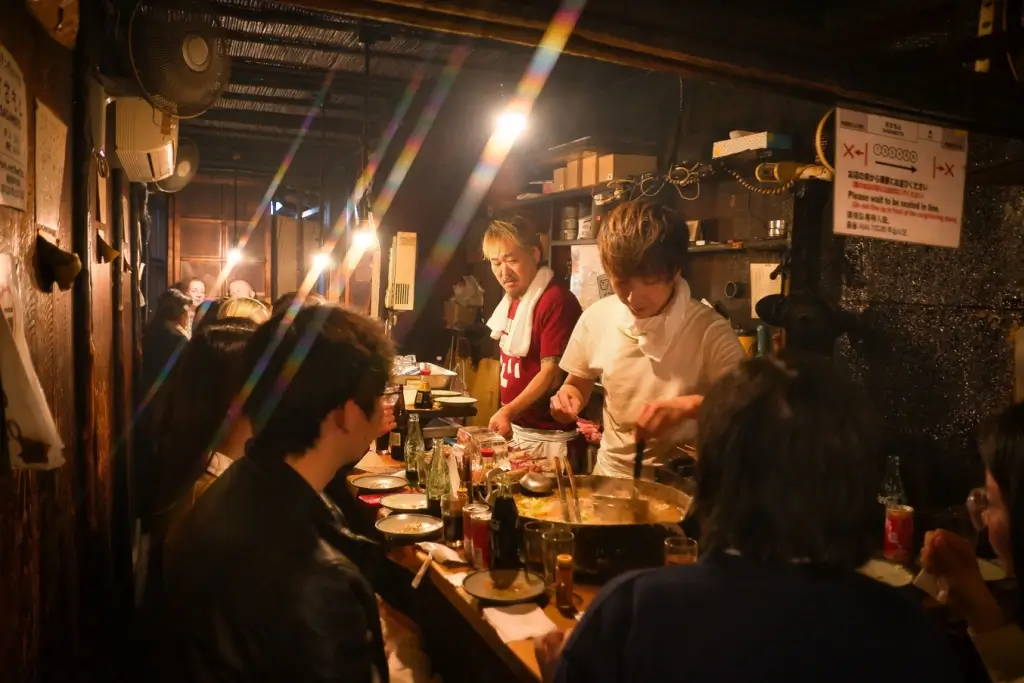
Shinjuku Station itself is also getting a major upgrade. The goal is to make the station easier to navigate, with better connections and more spaces for people to enjoy. The plan is to create a more pedestrian-friendly environment that makes it easier to move through the area while still keeping the unique energy that Shinjuku is known for.
Major new skyscrapers, including a 48-story building, are in the pipeline on the west side. Keio Corp. and JR East are collaborating to build towering structures to house offices, retail spaces, and luxury hotels. While these ambitious projects won’t be completed until the 2040s, the skyline will begin to shift sooner. The new Mylord building is set to open in 2029, giving a glimpse of the future transformation.
Why is redevelopment important for the Shinjuku area?
With over 3.5 million people passing through Shinjuku Station daily, it’s easy to see why redevelopment is necessary to support the area’s growth and energy. The Shinjuku Station Grand Terminal project is working to make the station easier to navigate and to open up more welcoming public spaces. New skyscrapers are rising on both sides of the station, bringing modern offices, hotels, and shopping areas to the heart of the district.
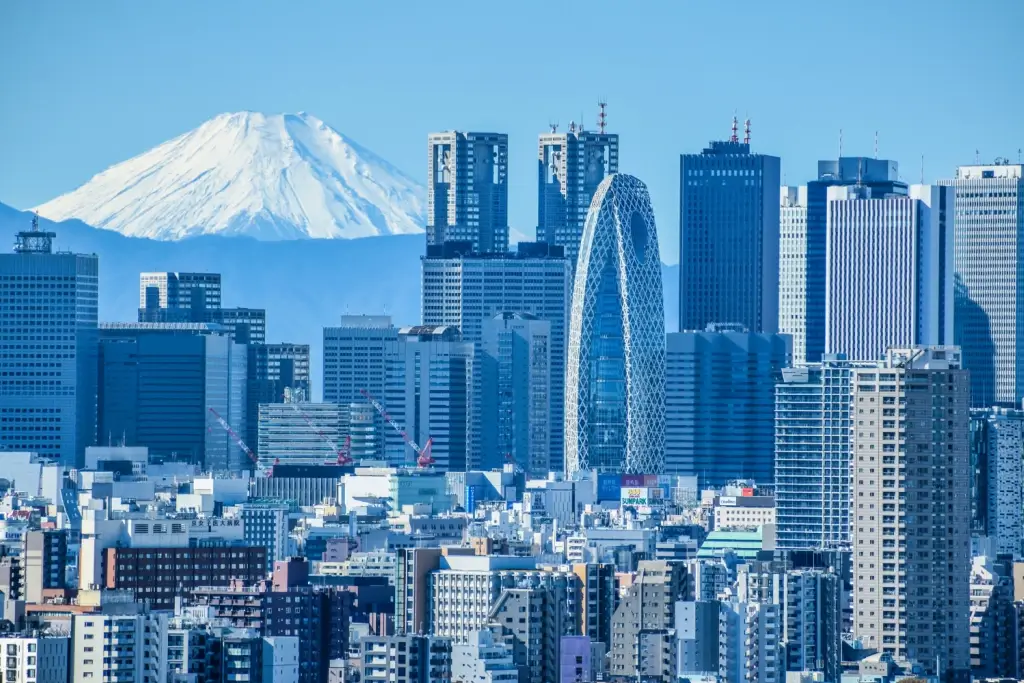
I believe redevelopment is essential for any city that wants to stay modern and safe. At the same time, it’s bittersweet to see old buildings go, especially ones that have shaped a place’s identity and character. In Shinjuku, some of these buildings hold decades of memories and culture. But we can’t cling too tightly to the past for a city and its people to grow. Safety is also a huge concern, especially with recent warnings about the possibility of a major earthquake.
Updating infrastructure is about protecting lives and creating a secure environment for the future. These projects transform Shinjuku into a safer, more accessible, vibrant part of Tokyo. While change can be difficult, it’s exciting to think about how these updates will help the city thrive for years. Has your city experienced any major redevelopments lately? Share your thoughts in the comments below!


